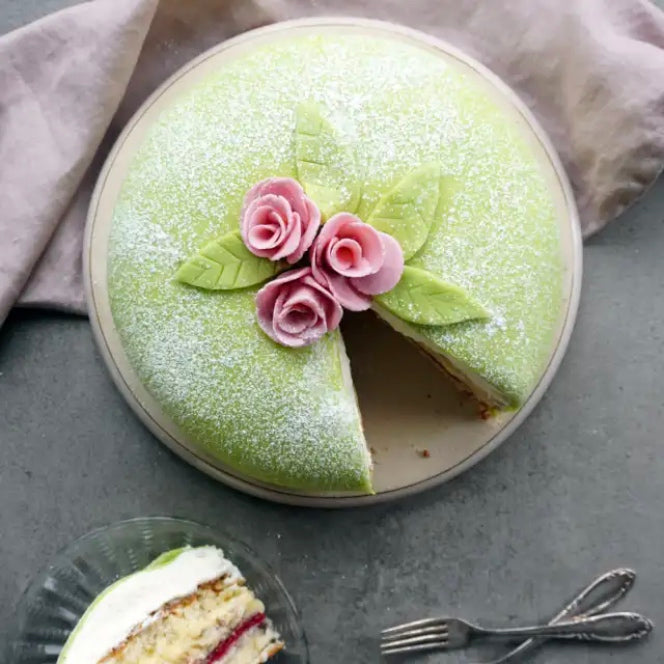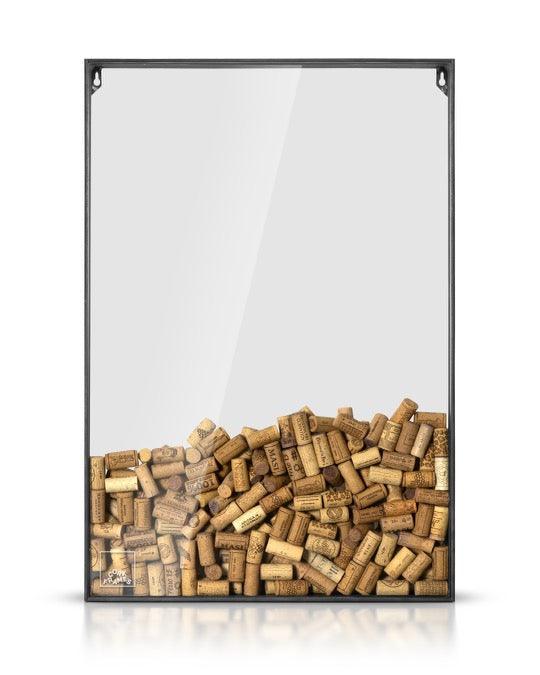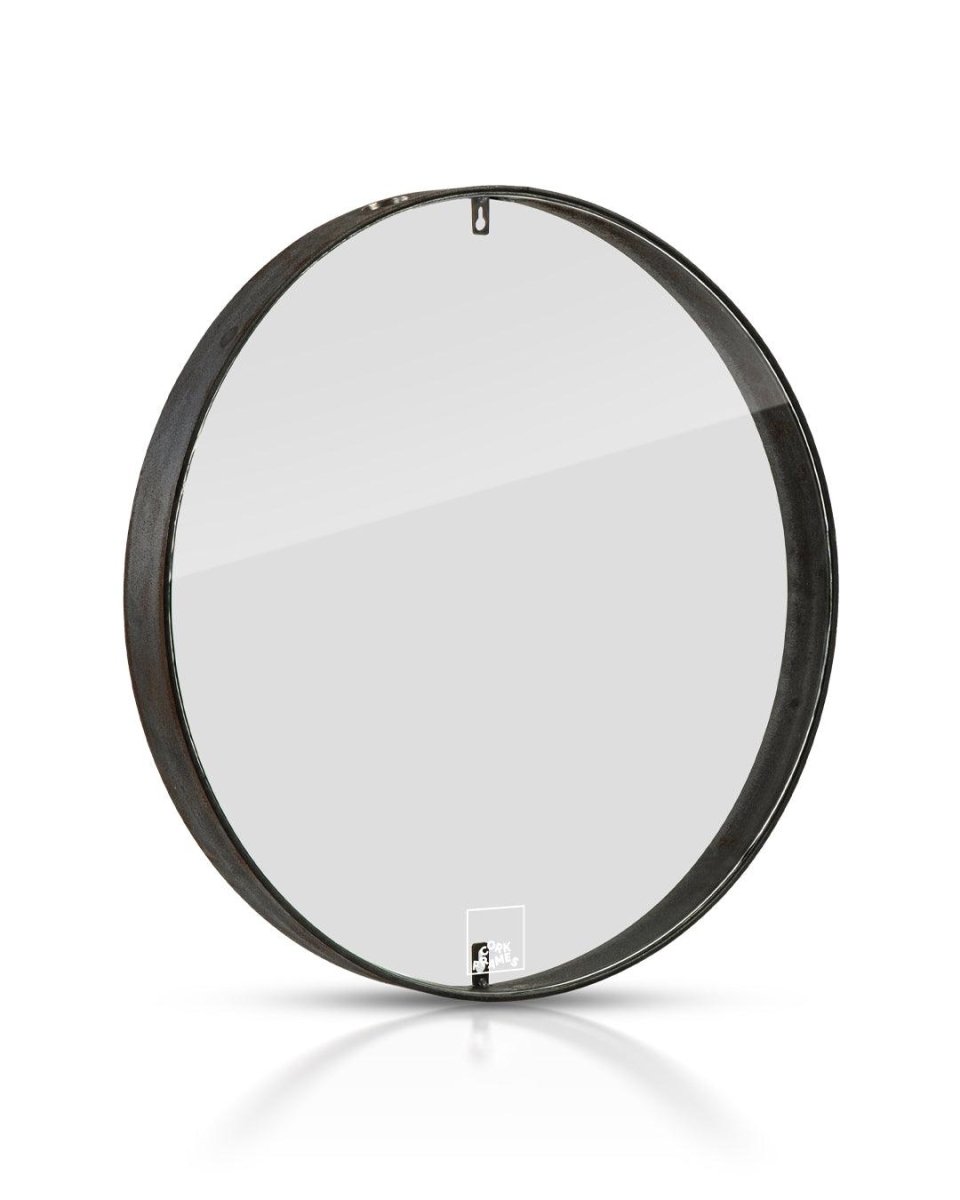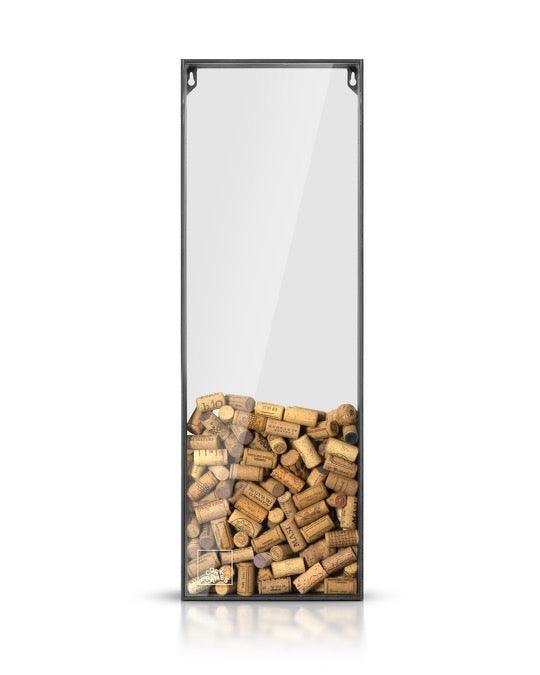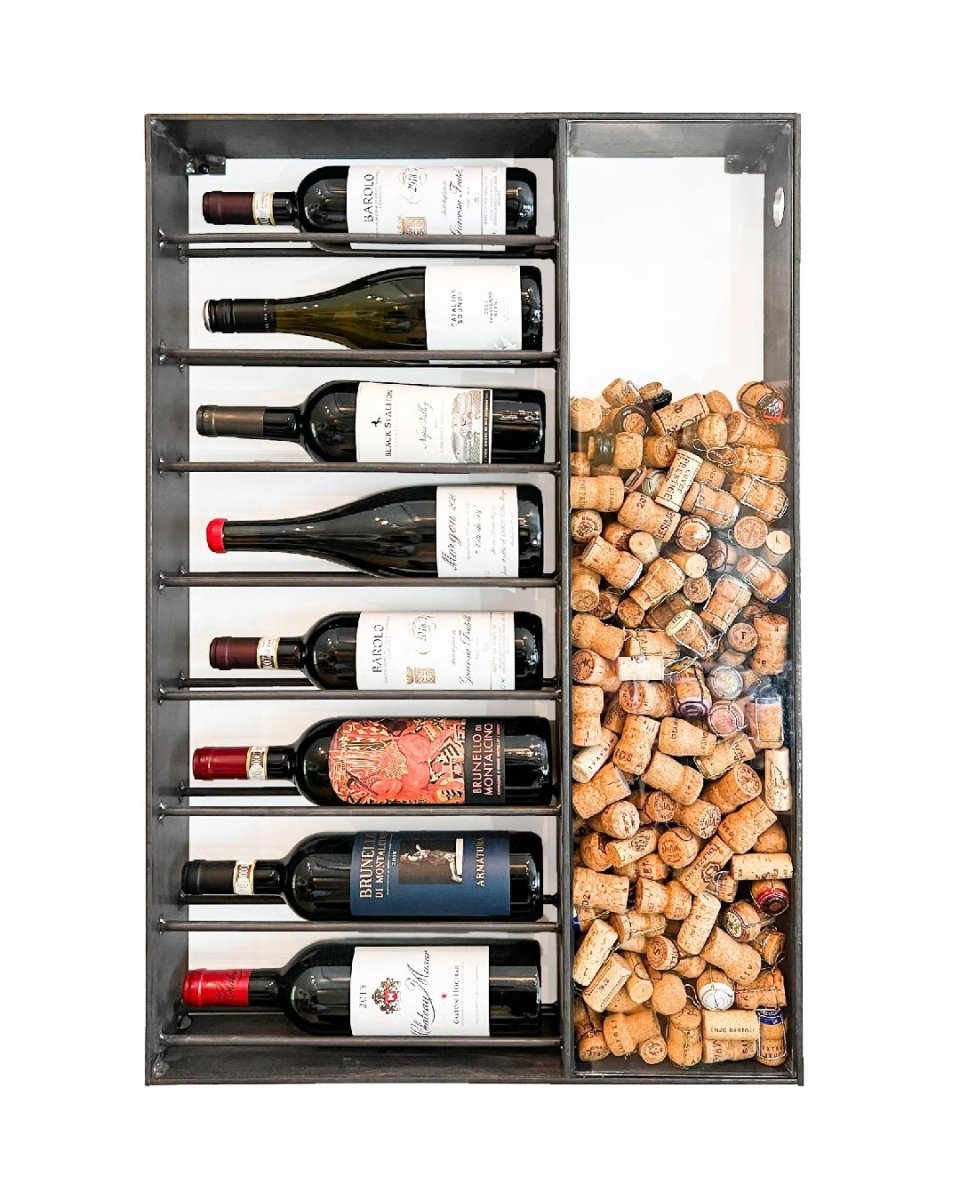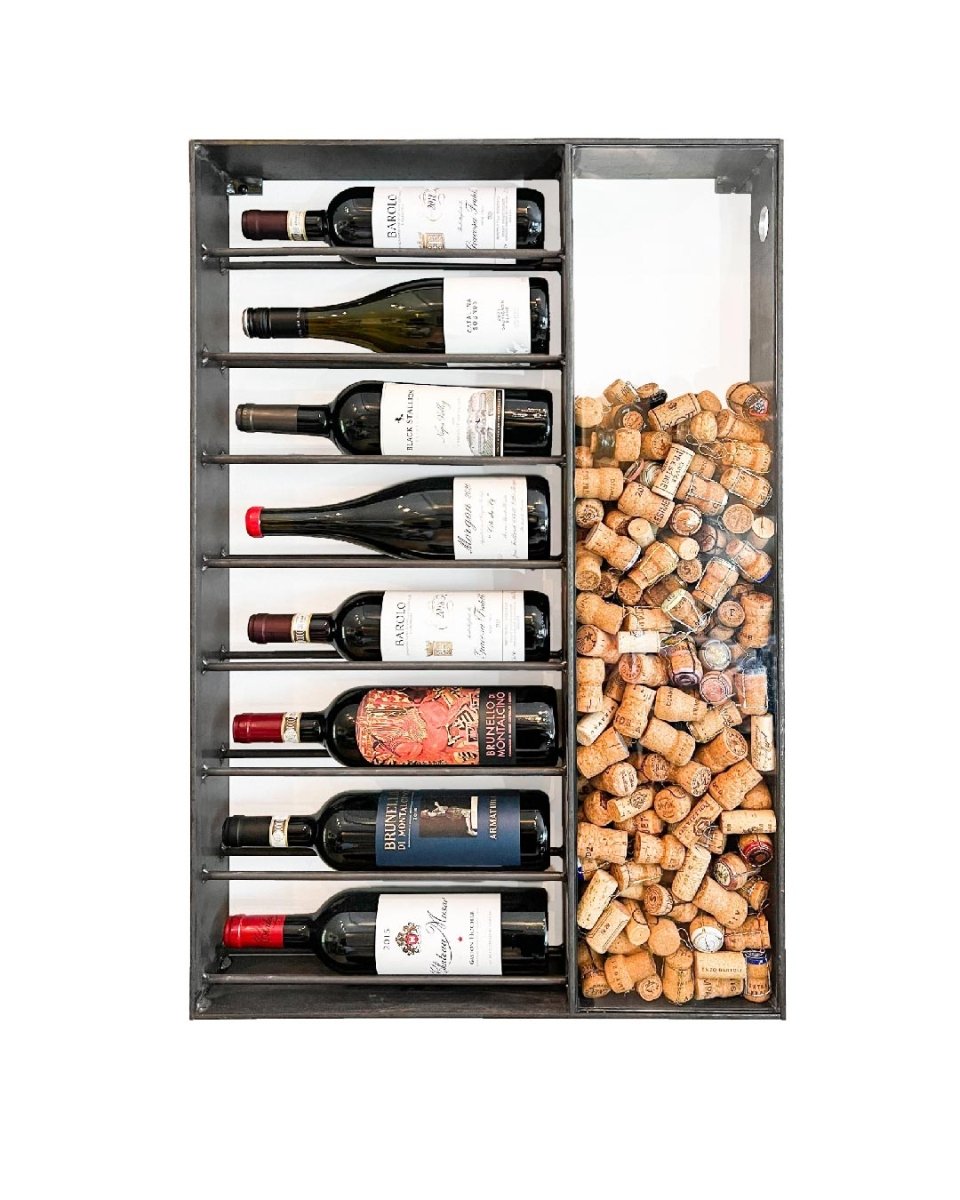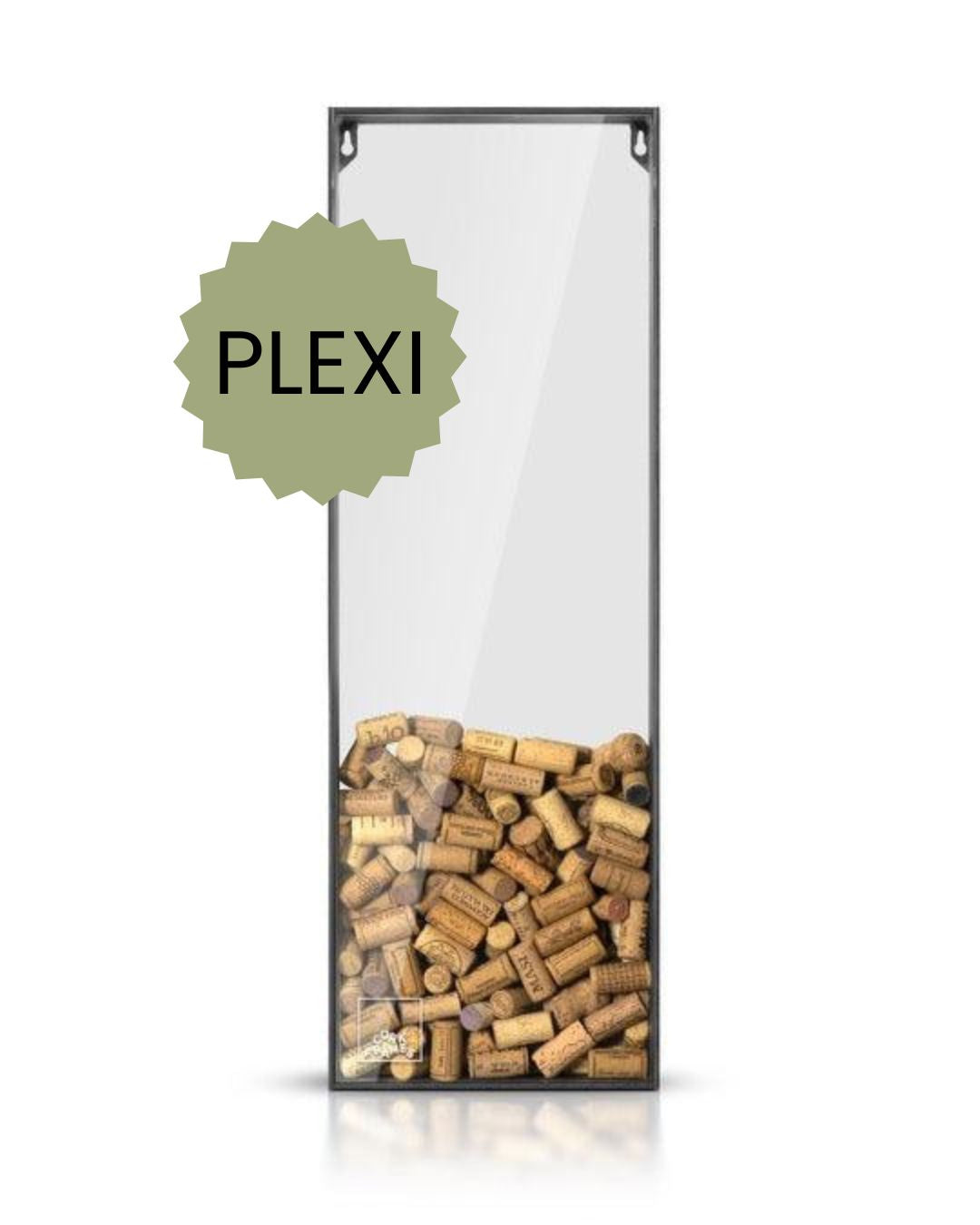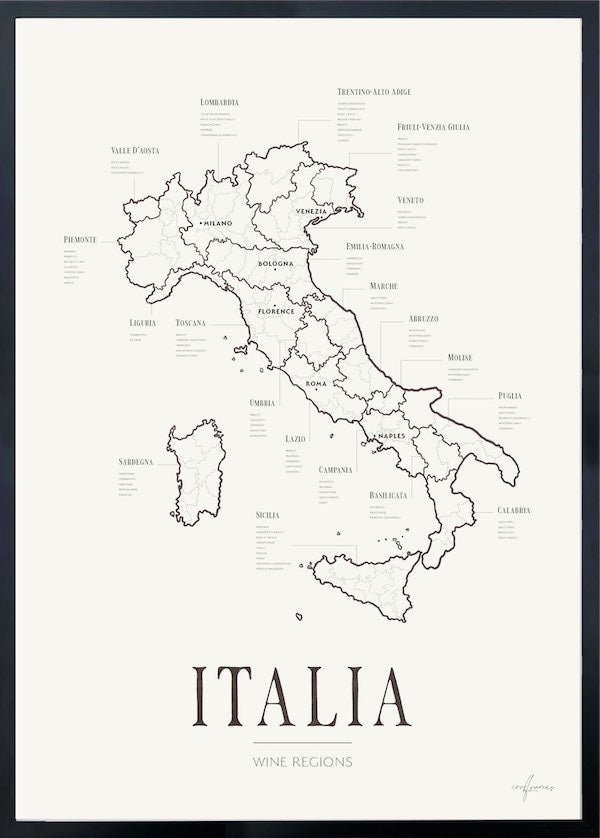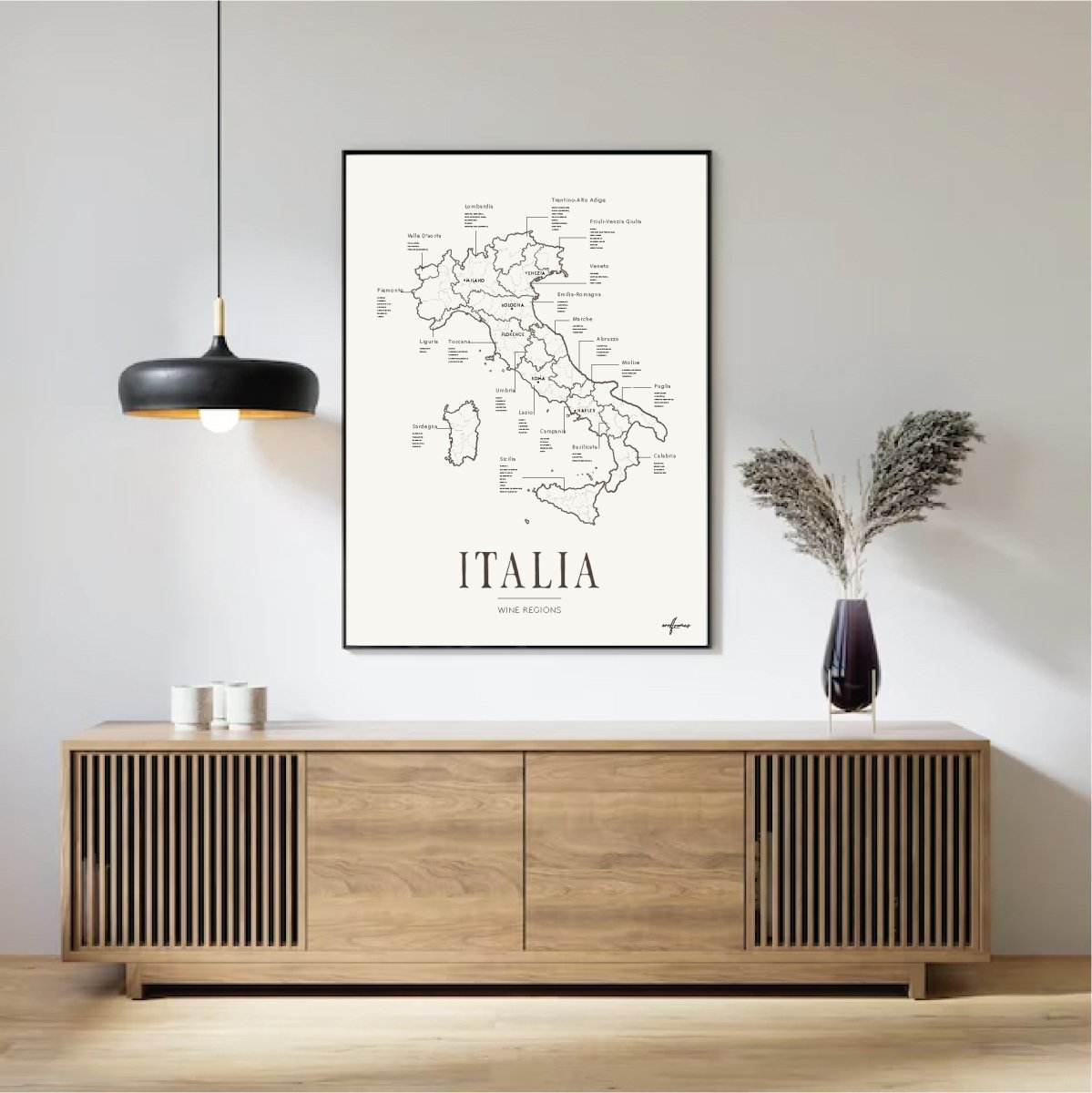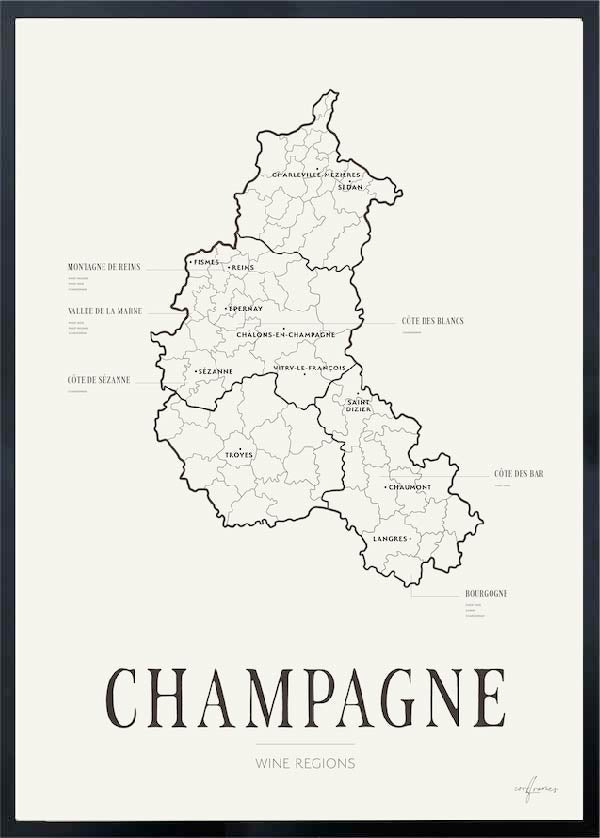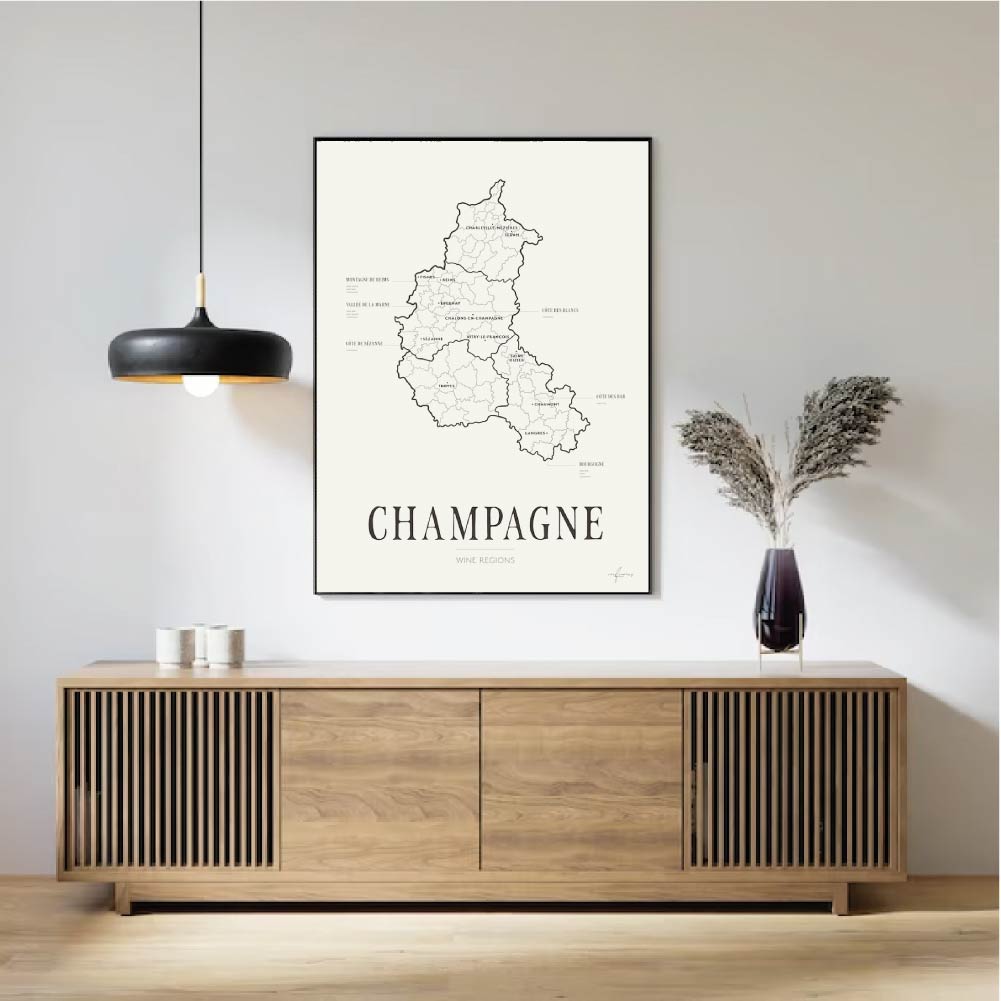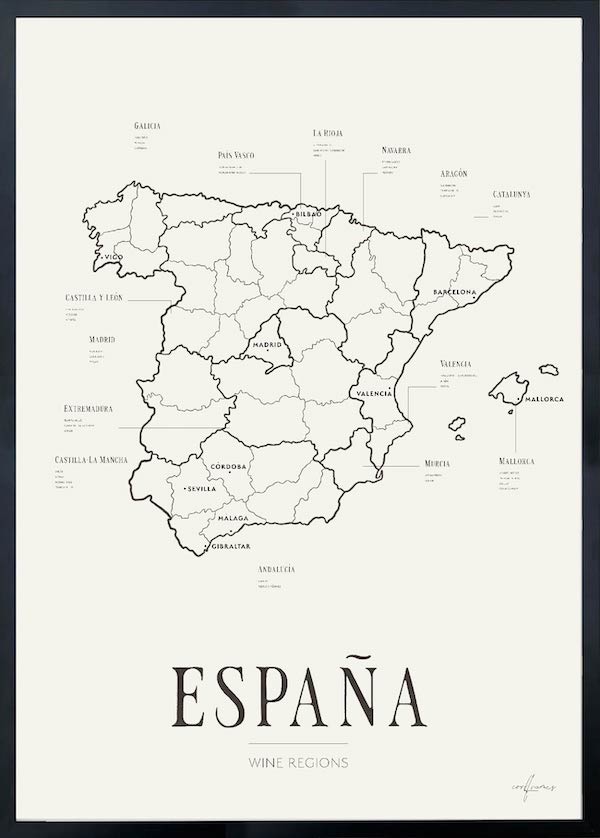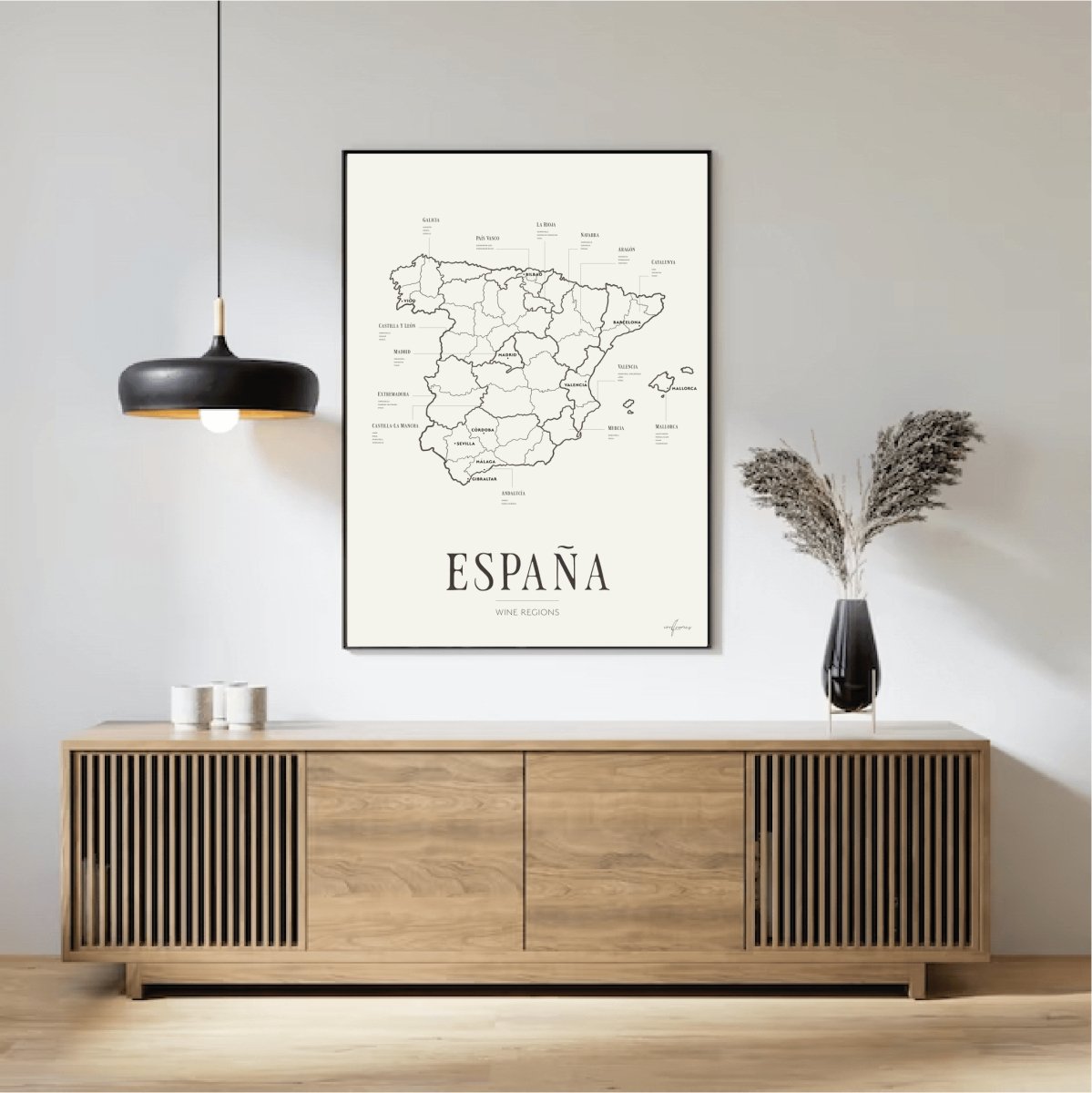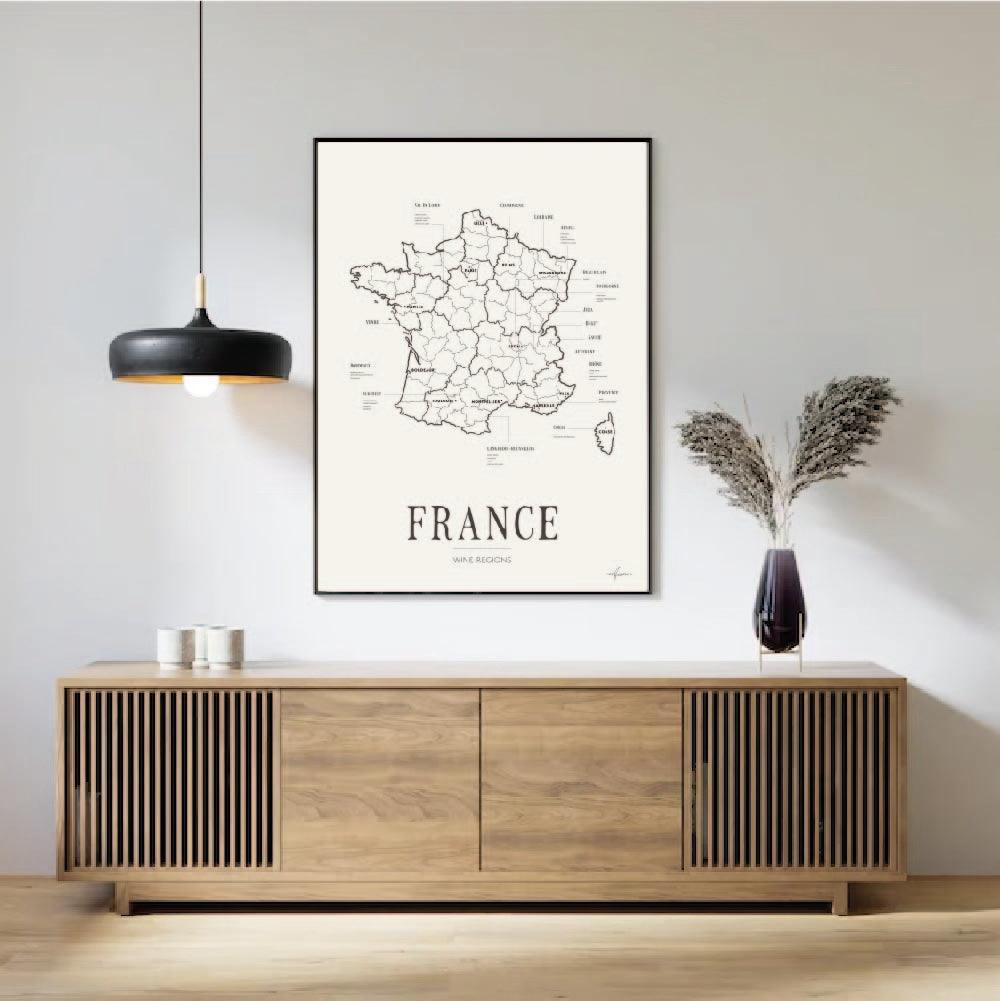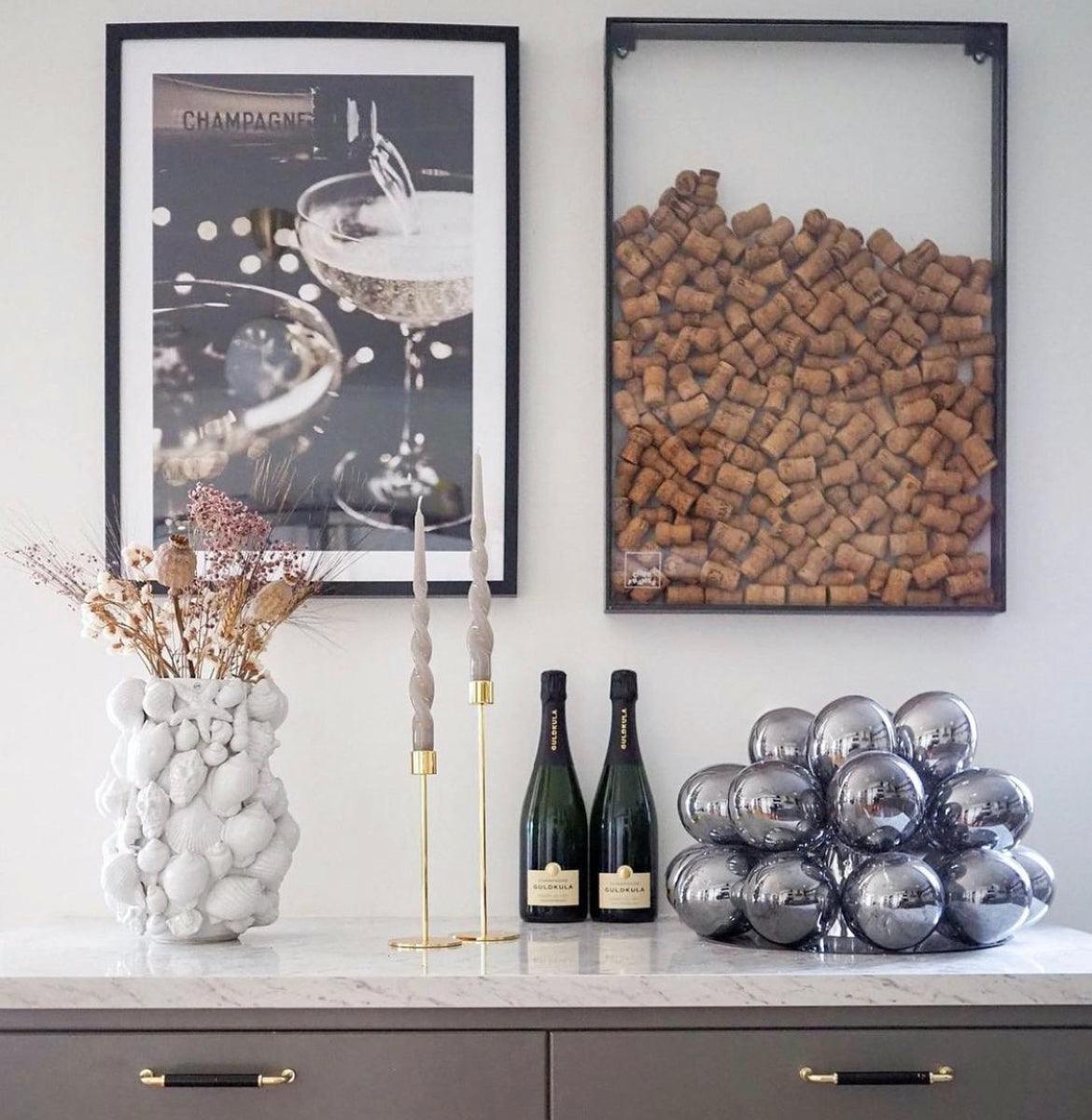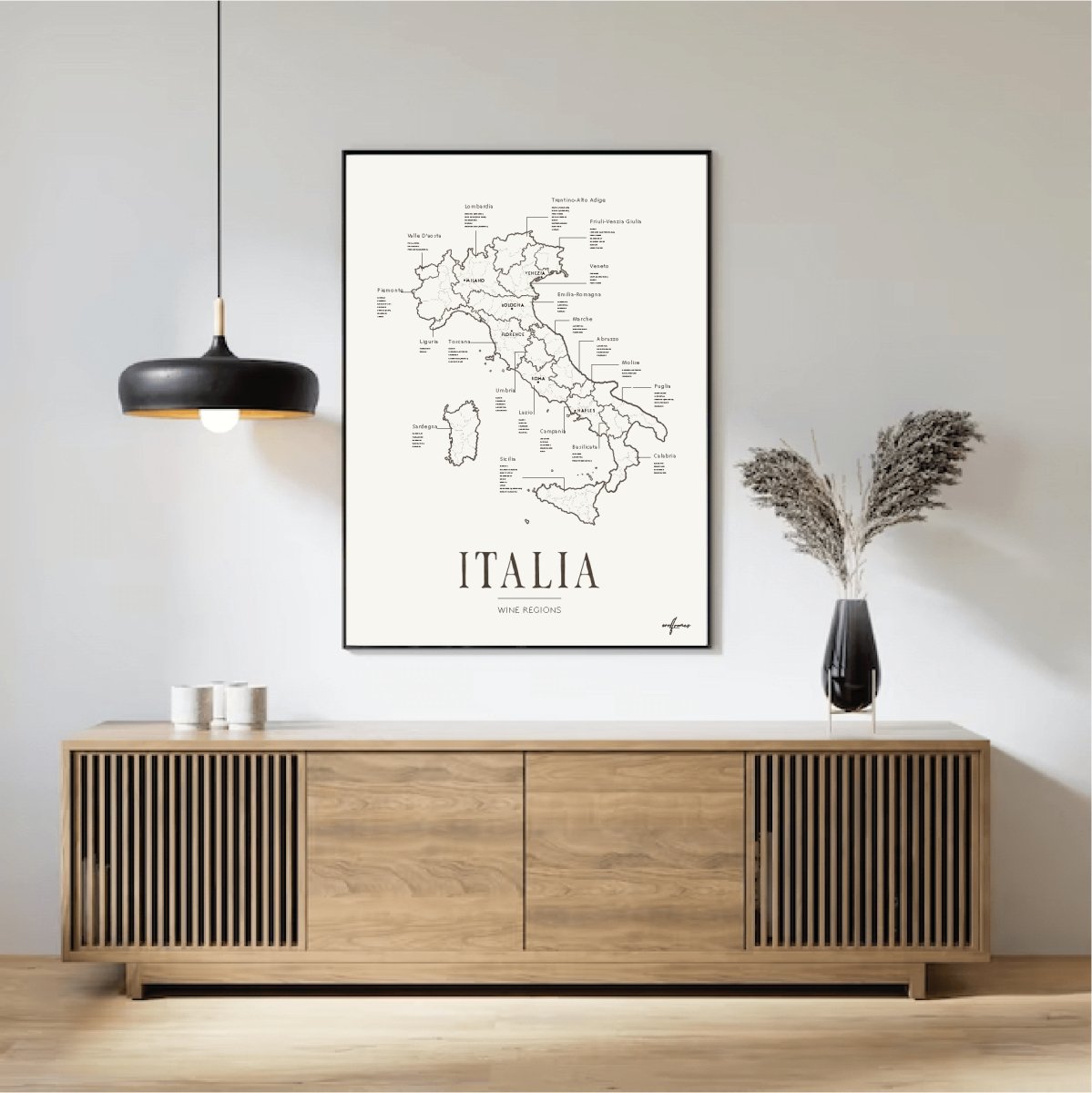It often begins with a scent. A soft, fleeting fragrance drifting through the air on a warm early summer evening. Elderflower. For many, it's a scent rooted in memory—of garden picnics, clinking bottles in the kitchen, or childhood summers spent under blooming trees.
But elderflower isn’t just nostalgia. It’s one of the most versatile and beloved ingredients in the world of drinks. From sparkling cocktails to botanical gins and fermented beverages, this delicate blossom continues to inspire both home brewers and professional mixologists.
What is elderflower—and why does it smell so special?
The European elderflower (Sambucus nigra) blooms in May and June. Its creamy white, star-shaped clusters carry a highly aromatic scent, combining notes of citrus, honey, and soft spice. What makes elderflower so remarkable is its subtle complexity—floral, yet never overpowering.
The fragrance comes from natural essential oils and volatile compounds released when the blossoms are fresh. That’s why elderflower is best used shortly after picking—and why washing the flowers is discouraged, as much of the flavor sits in the pollen.
A drink tradition with deep roots
In Scandinavia, elderflower has long been used in homemade cordials and teas. But its role in drinks stretches across Europe. In Austria and Germany, elderflower has been used for centuries in liqueurs and wine-based aperitifs. The Austrian Hugo—a light cocktail with elderflower syrup, Prosecco, and mint—has become a modern classic.
Today, elderflower is also a favorite among craft distillers. Many Swedish and European gins feature elderflower among their botanicals, adding a clean, floral brightness to the spirit.
Why elderflower works so well in drinks
The magic of elderflower lies in its balance of sweetness and acidity, paired with an elegant, aromatic profile. It has the rare ability to both enhance other flavors and stand on its own.
Elderflower is commonly used in:
-
Cocktails – to add floral lift in G&Ts, Hugos, spritzes, and bellinis
-
Natural wines & pét-nats – occasionally fermented with elderflower for a floral layer
-
Syrups and cordials – served as a refreshing non-alcoholic drink or cocktail mixer
-
Fermented drinks – such as kombucha or artisanal cider for added complexity
Elderflower as a seasonal ritual
Making elderflower cordial at home is a seasonal ritual for many—a quiet moment that marks the start of summer. But more than that, elderflower is a vessel for moments. A picnic under a tree. A glass of something cold in the late sun. A memory captured in taste.
In an age where we crave the authentic, the natural, and the sensory, it’s no surprise that elderflower still holds its timeless appeal.
A Corkframes tip:
Want to elevate your elderflower drink? Serve it in a tall glass with citrus-infused ice cubes and fresh mint. Or add a splash of cordial to a glass of cava for a simple, floral aperitif.
And if the evening ends with a particularly memorable bottle of wine—save the cork. Because just like elderflower captures a fleeting moment in taste, a cork captures a memory on the wall—in your Corkframe.


